The Very Large Array also called VLA consists of 27 radio antennas in a Y-shaped configuration on the Plains of San Agustin, New Mexico. The radio antennas are massive (230-ton) and each 25 meters (82 feet) in diameter. The scientific beauty of the array is that the antennas act as one. The VLA can cover frequencies between 0.073 and 50 GHz, and wavelengths between 400 and 0.7 centimeters. The VLA stands at an elevation of 6970 ft (2124 m) above sea level. It is a component of the National Radio Astronomy Observatory (NRAO). The total cost of the VLA was $78,578,000 dollars in 1972.

credit: Caveman Chuck Coker

credit: karenandbrademerson

credit: Pinchof 2.0
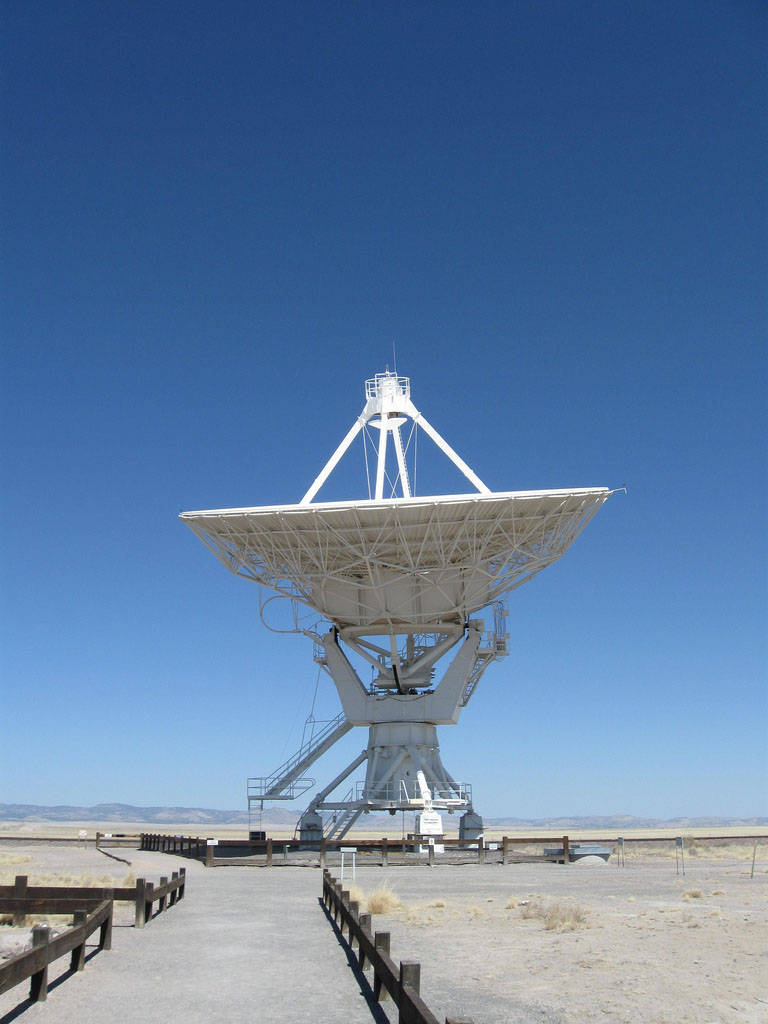
credit: mbeldyk

credit: douglemoine

credit: C. G. P. Grey
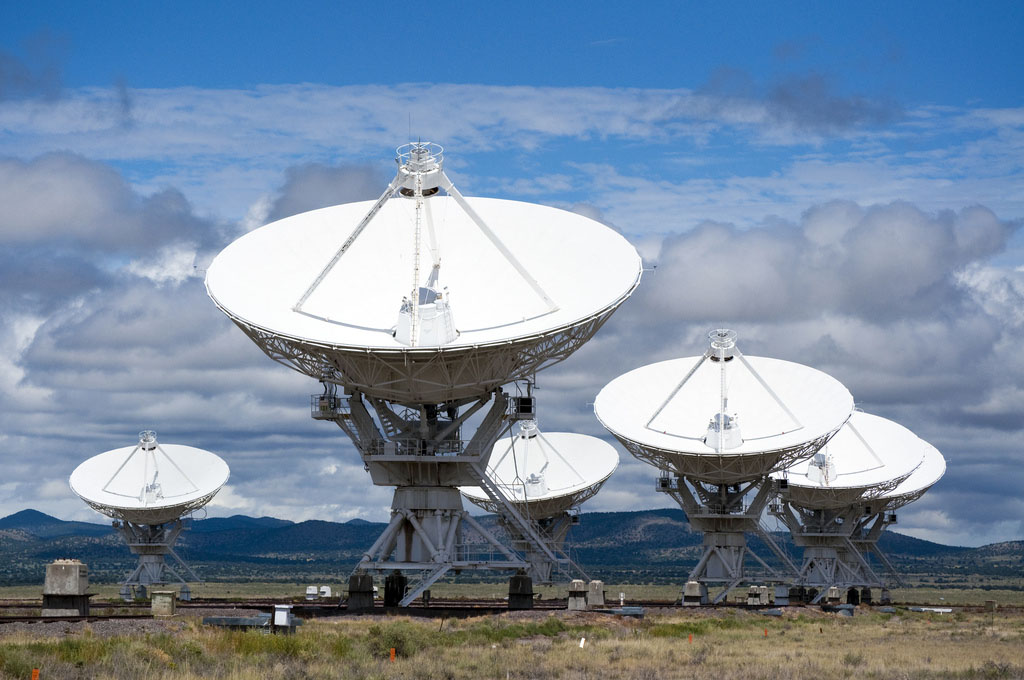
credit: C. G. P. Grey
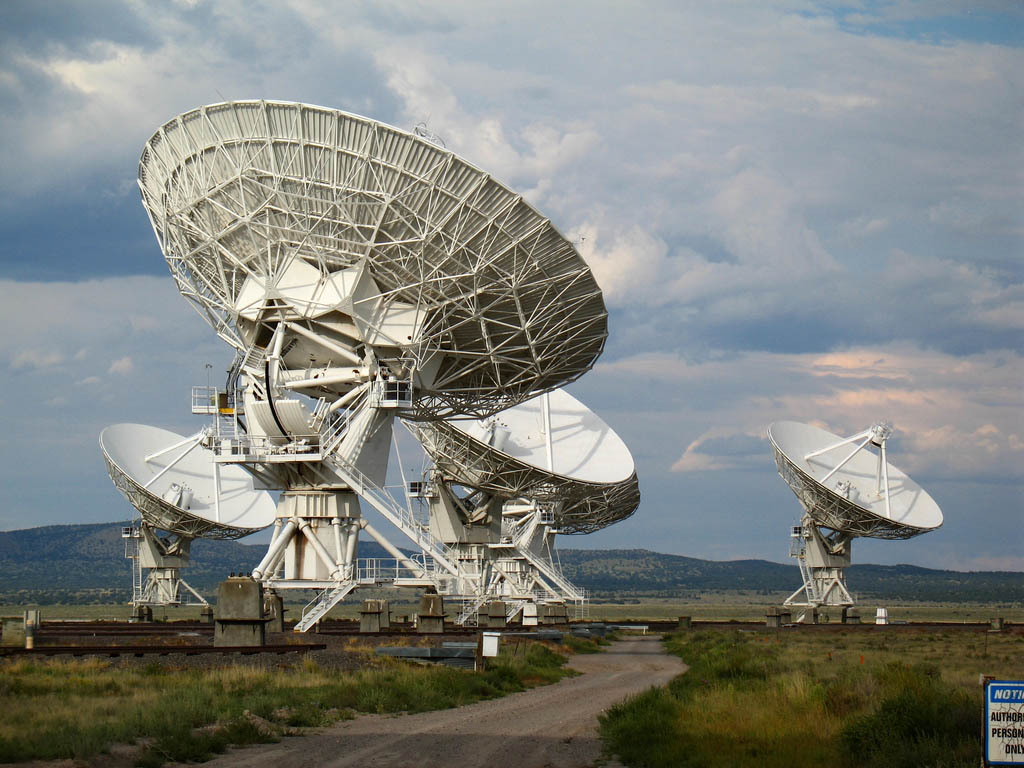
credit: Accretion Disc

credit: karenandbrademerson
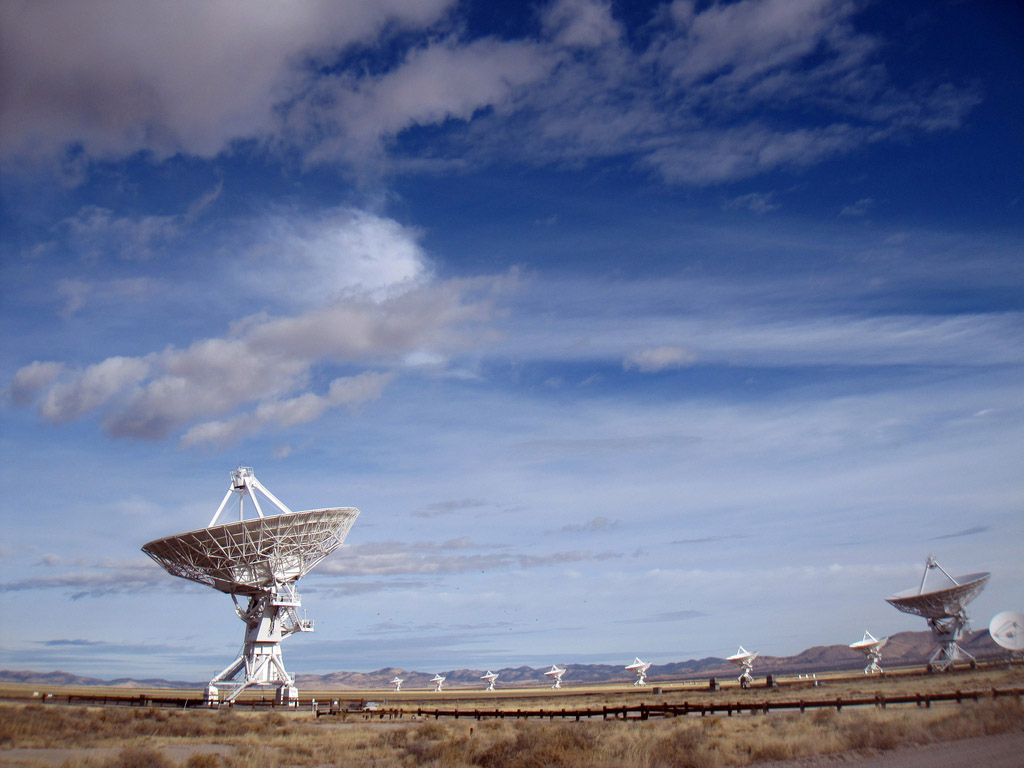
credit: karenandbrademerson

credit: feverblue

credit: thetorpedodog

credit: mightyohm
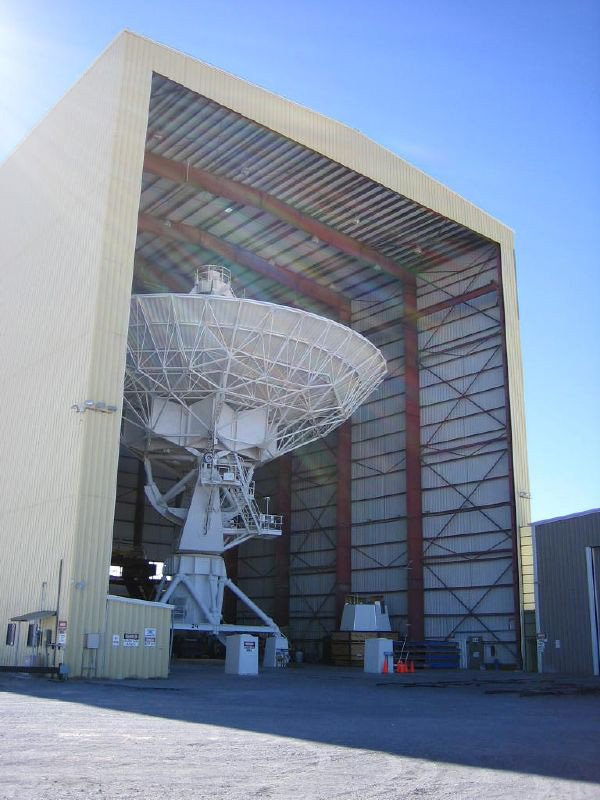
credit: Tim Brown Architects
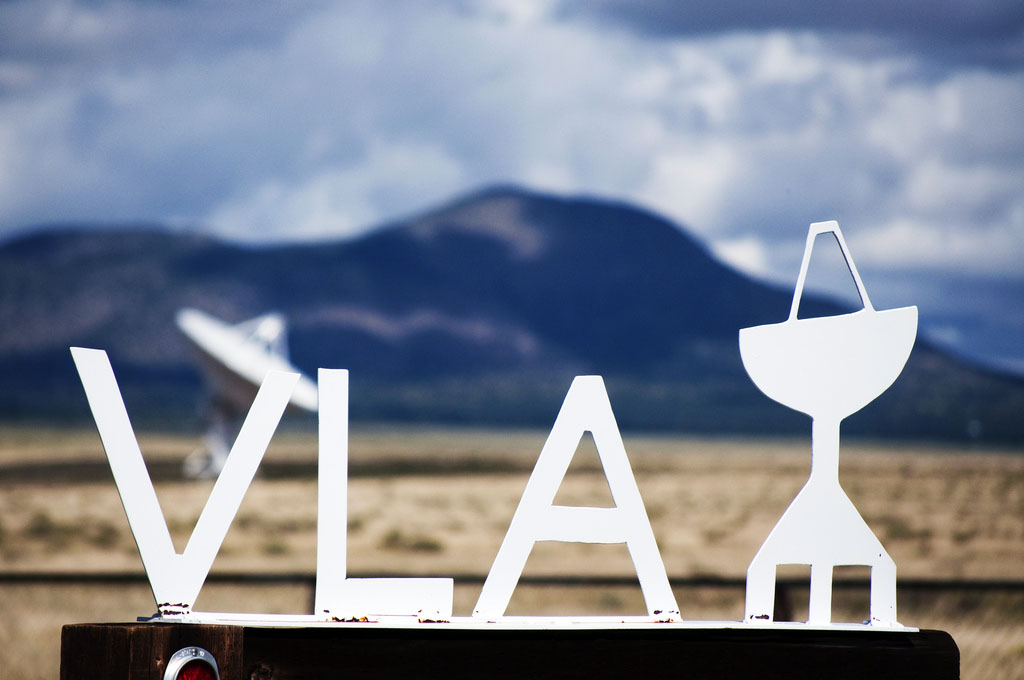
credit: C. G. P. Grey
Tags: antenna, Astronomical, astronomy, complex, frequencies, frequency, ghz, Giant, mhz, National, new mexico, NM, nrao, Observatory, Radio, radio astronomy observatory, san augustin, san augustin plain, telescopes, Very Large Array, VLA, vla tour
Relevant Articles
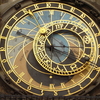

Orloj is most visited attraction in Prague. Every tourist who comes to Prague want to see changing of Apostles. The astronomical clock was constructed in 1410 by the clockmaker Mikulas of Kadan in collaboration with Jan Ondrejuv called Sindel, professor of mathematics and astronomy of Prague Charles University. The astrolabe mechanisms were built over 600 years ago and are still functional. the legendary master Hanus rebuild the clock and as legend has it, the Councillors had him blinded, so that he would not ever manage to build another instrument greater than the Orloj in Prague.
Orloj is devided into three parts:
Top: The walk of the apostle ( The Apostles come out of the windows. )
Center: The Sphere or Clock Dial ( It represents the astronomical phenomena such as sunrise and sunset, ancient Czech and present day time, movements of the Sun and the Moon and other relative celestial configurations.)
Bottom: The calendar ( Month symbols are painted by Josef Manes in 1805. The originals of these can be found on the sides of the stairway of the Prague Museum of History.)
12 Apostles:
St. Paul appears first holding a sword and a book
St. Thomas follows carrying a spear
St. Juda Tadeus holds a book in his left hand
St. Simon follows holding a saw being the patron saint of lumberjacks.
St. Bartholomew appears with a book and is the patron saint of tanners, tailors and shoemakers.
St. Barnabas comes last carrying a papyrus.
St. Peter with a key and he is the patron saint to fishermen, locksmiths and clockmakers.
St. Mathew is next with an axe and is the patron saint for builders, carpenters, blacksmiths and butchers.
St. John can be seen castigating a snake being the patron saint of printers and writers
St. Andrew with a cross
St. Philip with another cross and is the patron saint for hatters
St. Jacob with a tool for working flax being the patron saint of linen traders.

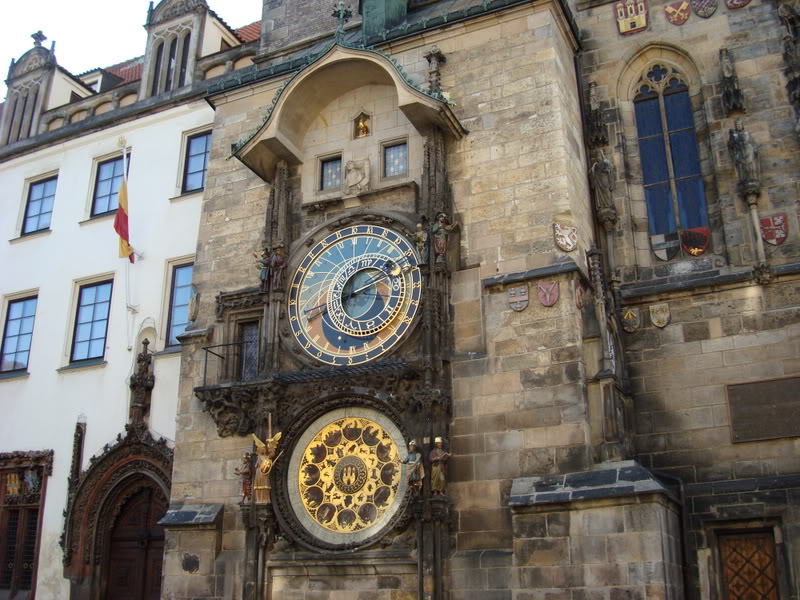
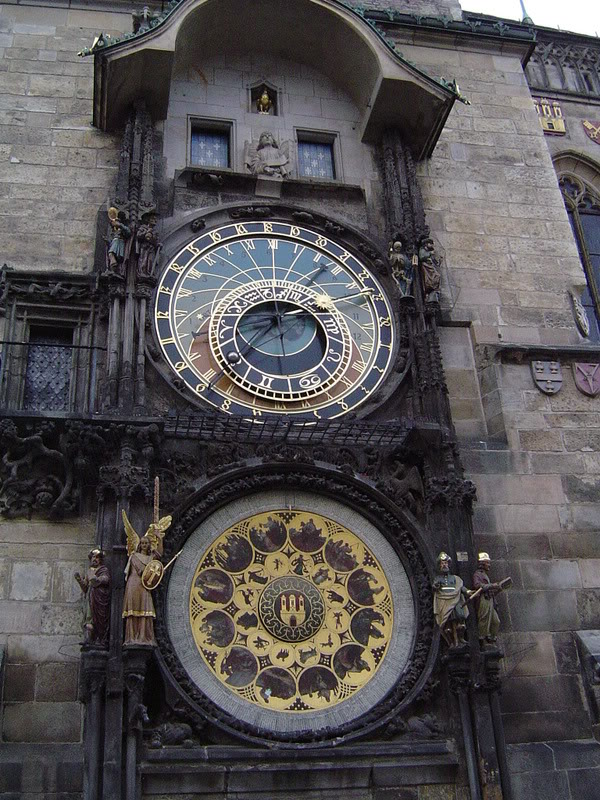
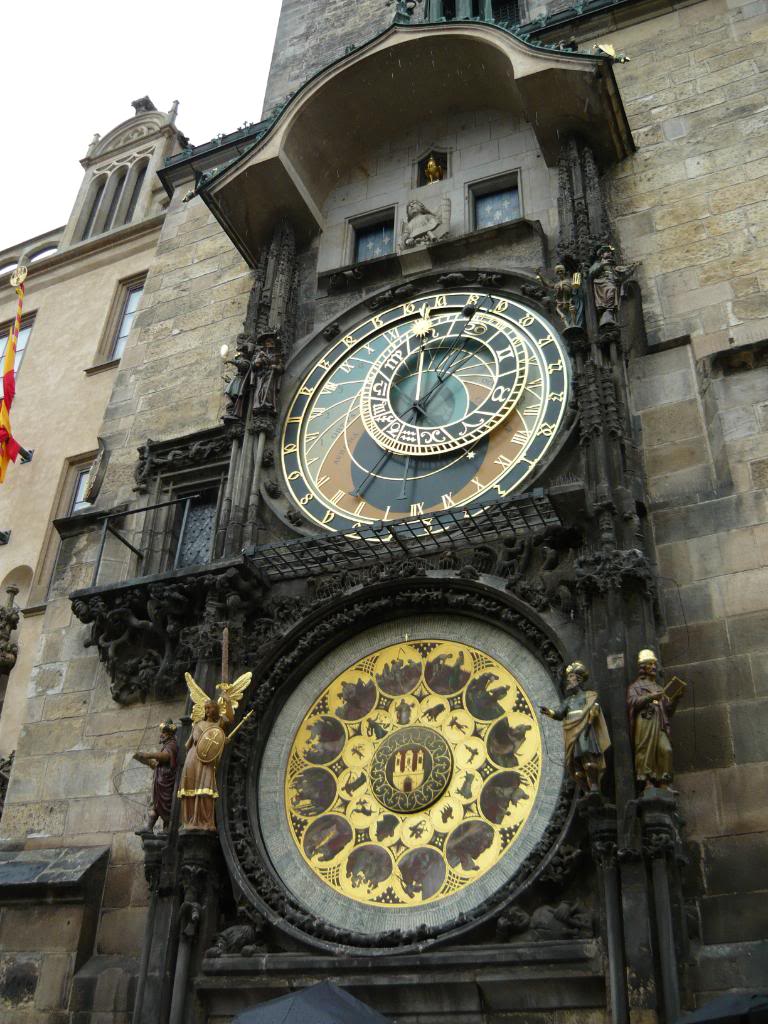
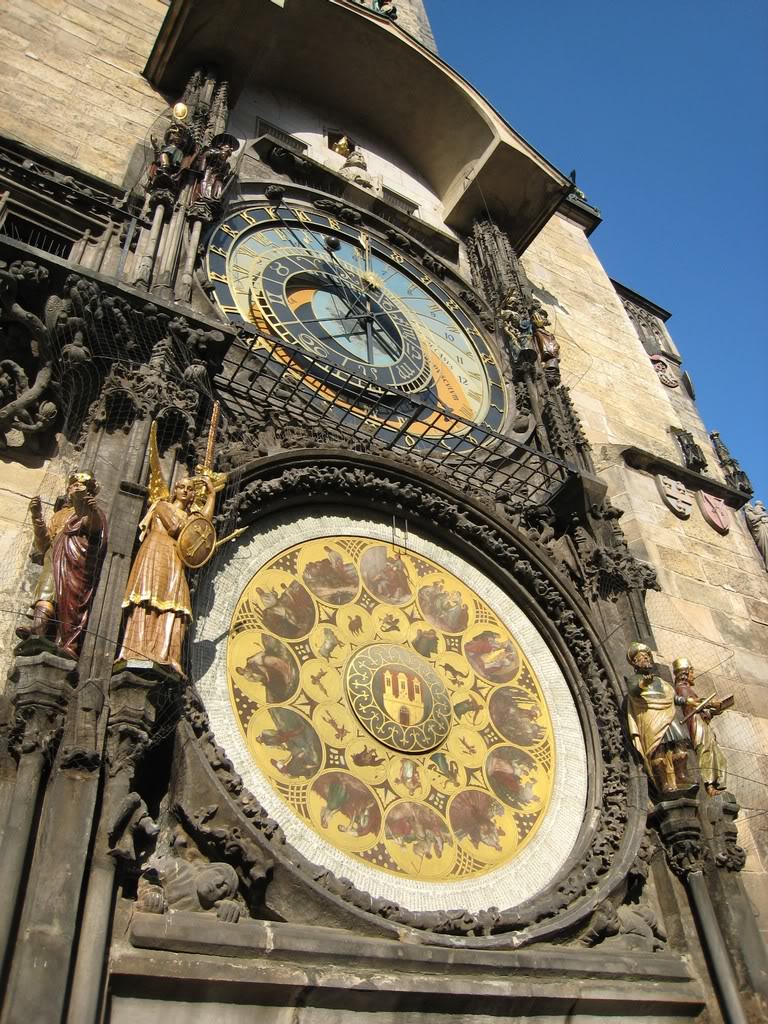
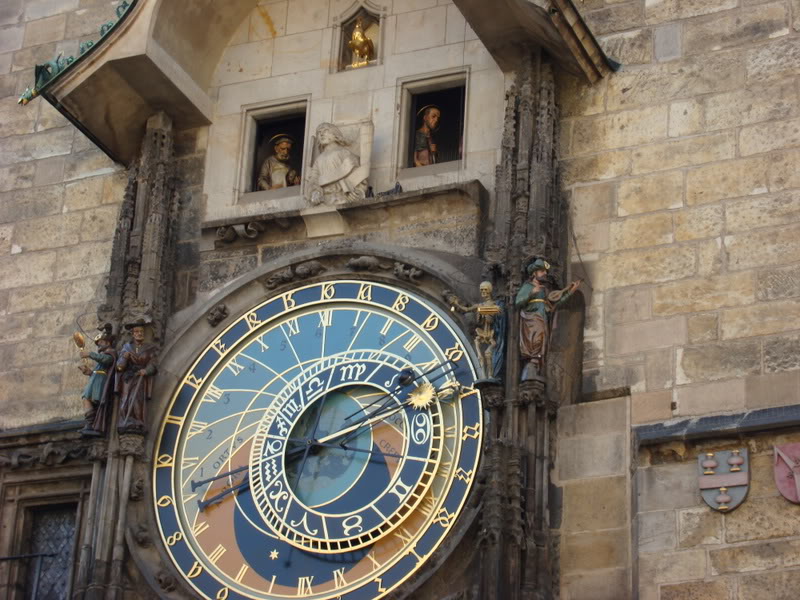
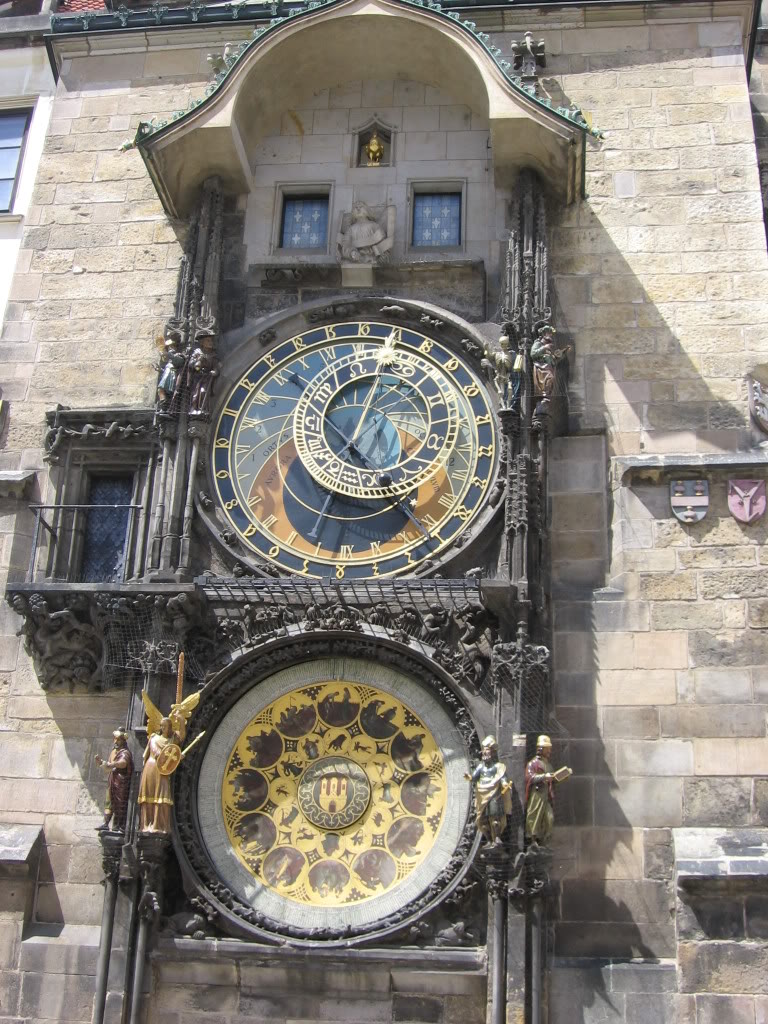
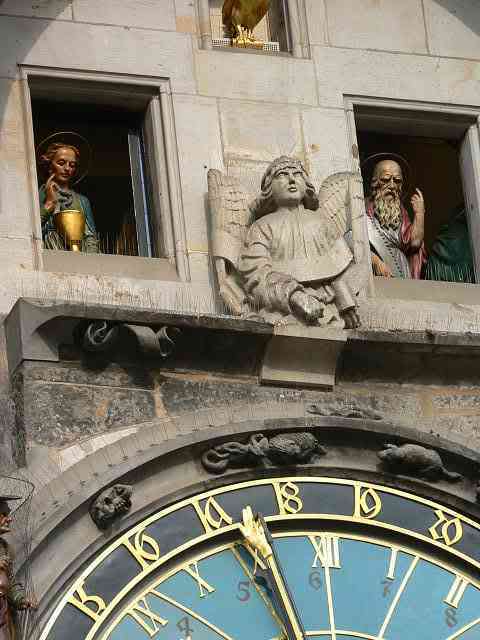
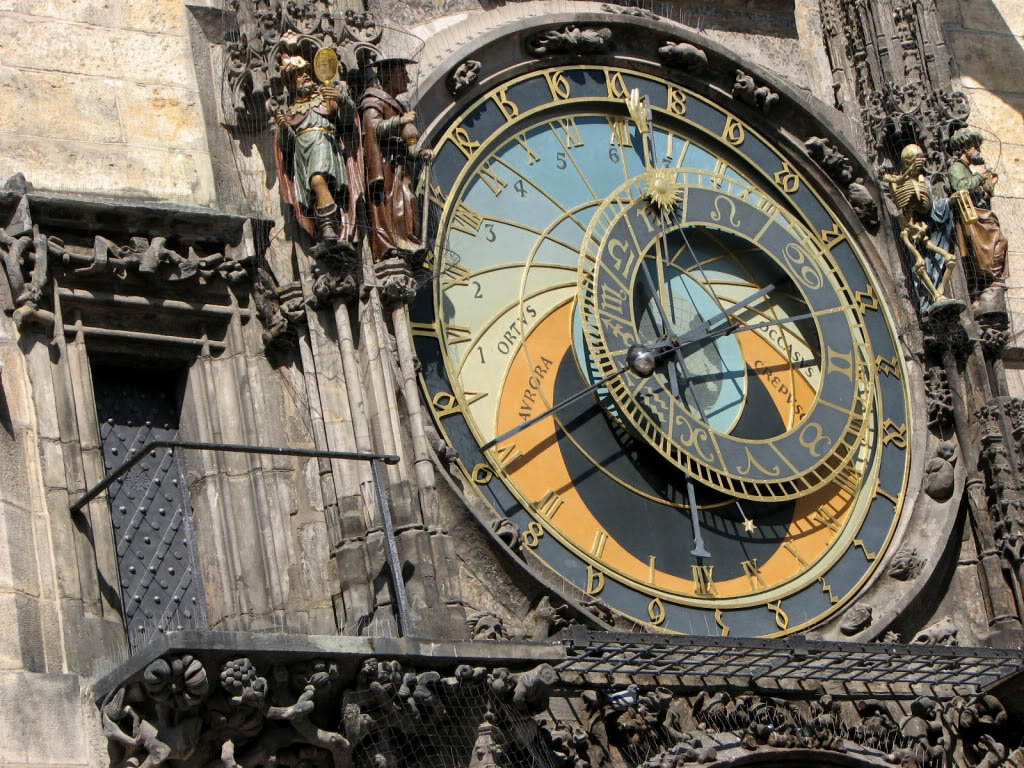

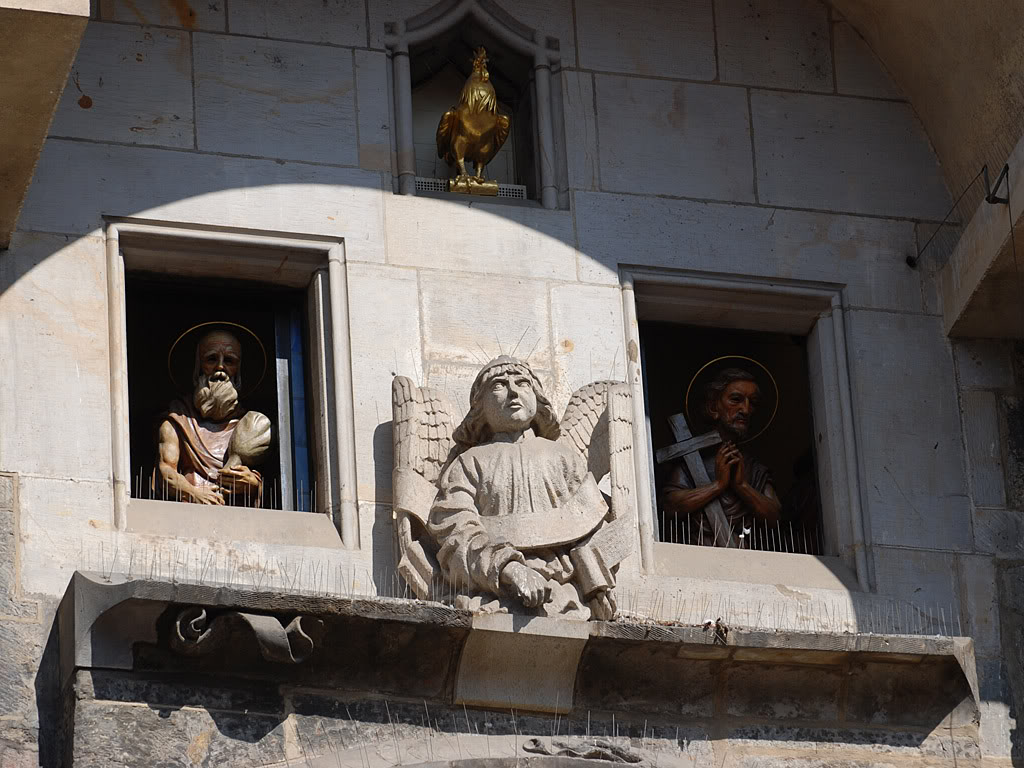
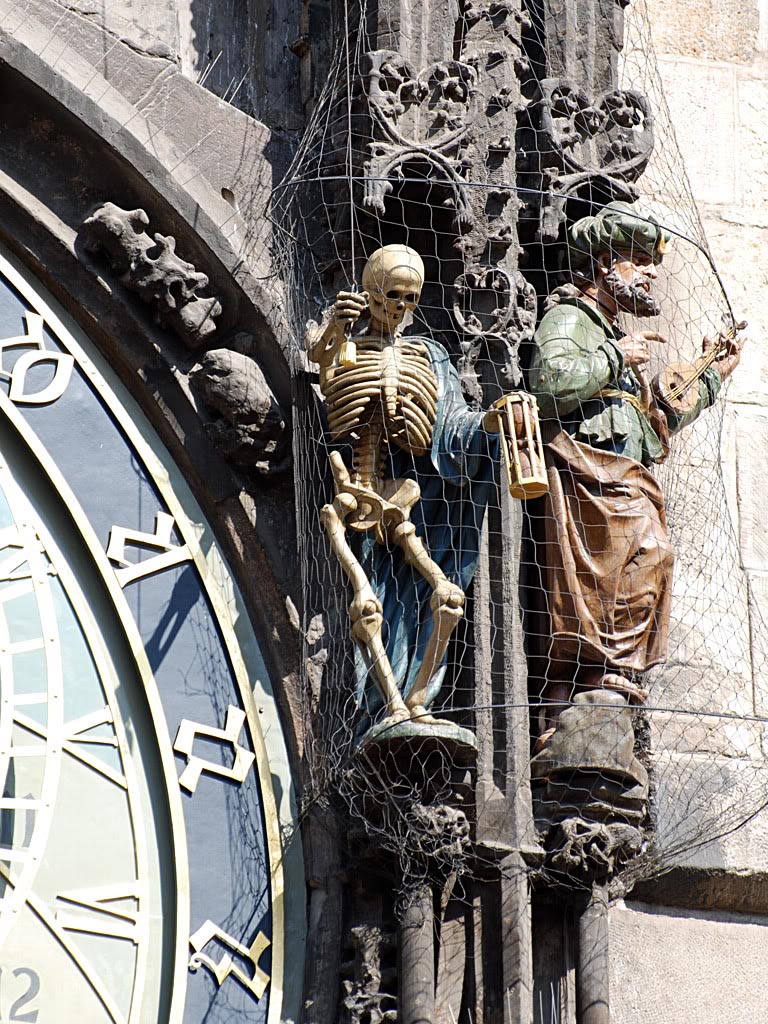
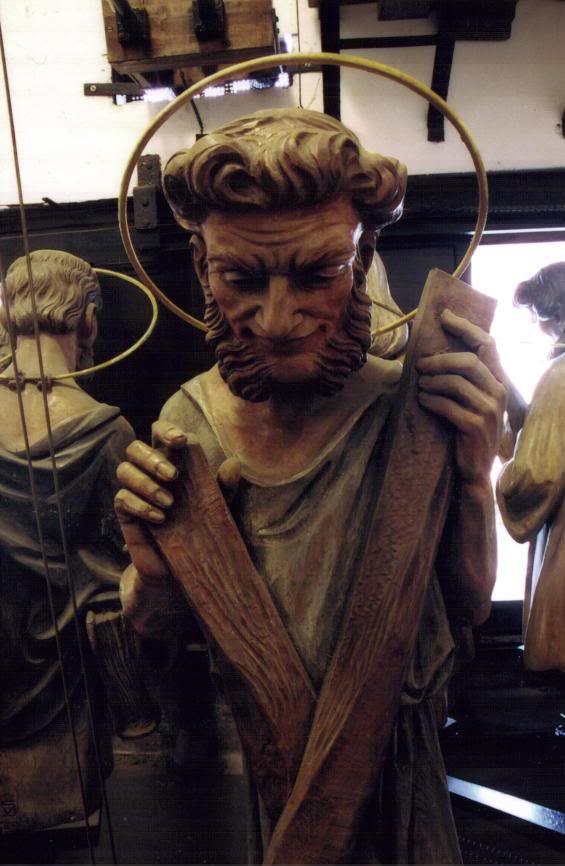
Credit: www.orloj.com
Tags: Apostles, astrological clock, Astronomical, astronomical clock, City Hall, Clock, hanus, horologium, Orloj, Prague, prague czech republic, prague sightseeing, prague tour, prague tourist information, prague travel, prazsky orloj, top attractions in prague
Relevant Articles
















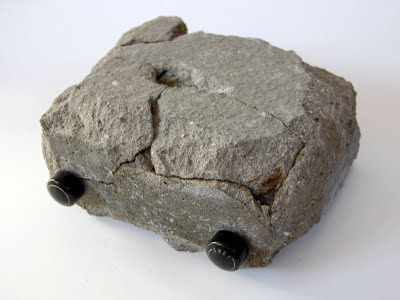 Rock Radio
Rock Radio Radio Disney Music Awards 2015 &...
Radio Disney Music Awards 2015 &... Orloj – Astronomical Clock...
Orloj – Astronomical Clock... Maroon 5 Show
Maroon 5 Show I Have Great Talent
I Have Great Talent James Harden and His Giant Beard
James Harden and His Giant Beard Duga known as the Russian Woodpe...
Duga known as the Russian Woodpe... Angkor Wat – UNESCO World ...
Angkor Wat – UNESCO World ...













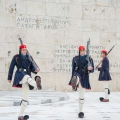 The Changing of Guards in Athens
The Changing of Guards in Athens Times Square – Most Visite...
Times Square – Most Visite... Tour of Orchid World Barbados
Tour of Orchid World Barbados VLA – Giant Astronomical R...
VLA – Giant Astronomical R...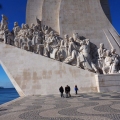 Top Tourist Attractions in Lisbo...
Top Tourist Attractions in Lisbo... Really Girlish Car
Really Girlish Car The Nigerian Hyena Men – D...
The Nigerian Hyena Men – D... Shirtless Channing Tatum Comes i...
Shirtless Channing Tatum Comes i...


